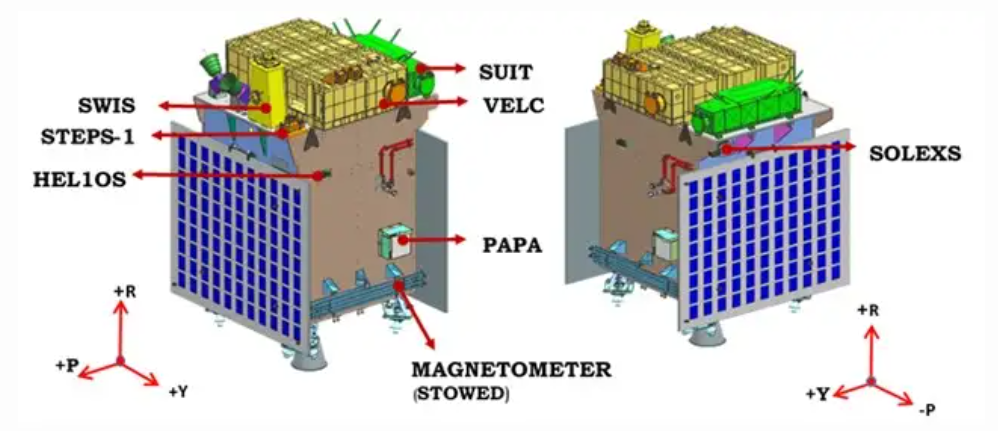Aditya-L1: India’s Ambitious Mission to Study the Sun

Introduction:
The Indian Space Research Organisation (ISRO) has been making impressive strides in space exploration, contributing to our understanding of the cosmos. Among its ambitious missions, the Aditya-L1 stands out as a groundbreaking endeavor to study our nearest star, the Sun. This mission promises to shed light on the mysteries of the Sun, offering valuable insights into solar phenomena that affect our planet and the entire solar system.
Understanding the Aditya-L1 Mission:
- The Sun as a Celestial Laboratory: The Sun plays a pivotal role in our solar system, influencing Earth’s climate, space weather, and telecommunications. Aditya-L1, also known as the Aditya Solar Mission, aims to study the Sun in unprecedented detail, turning it into a celestial laboratory. The mission is named after the Sun’s alter ego, Lord Aditya, highlighting its importance in Hindu mythology and daily life.
- Key Objectives: The primary objectives of the Aditya-L1 mission include:
- Studying the outermost layer of the Sun’s atmosphere, the corona, to understand its behavior and the causes of solar storms.
- Observing the Sun’s magnetic fields, which are responsible for solar eruptions and their impact on Earth.
- Investigating the origin and acceleration of solar wind, which influences space weather.
- Instrumentation: Aditya-L1 is equipped with a suite of scientific instruments to achieve its goals. These include the Visible Emission Line Coronagraph (VELC), the Solar Ultraviolet Imaging Telescope (SUIT), and the Aditya Solar Wind Particle Experiment (ASPEX). These tools will capture images, spectra, and measurements of the Sun’s atmosphere and its interactions with the solar wind.
- International Collaboration: ISRO has collaborated with various international space agencies and organizations, such as NASA and the European Space Agency (ESA), to maximize the scientific output of the Aditya-L1 mission. This collaboration ensures a global effort in understanding the Sun’s impact on Earth and space weather.
- Implications for Earth and Space Weather: Solar activity can have profound effects on Earth, including disruptions to satellite communication, navigation systems, and even power grids. By studying the Sun through Aditya-L1, scientists hope to improve our ability to predict and mitigate the impact of solar storms on our technology-dependent world.
Conclusion:
The Aditya-L1 mission is a testament to India’s growing prowess in space exploration. By studying the Sun, ISRO is not only advancing our scientific understanding but also contributing to the safety and resilience of our modern society. As the mission unfolds and data starts pouring in, we can expect a wealth of knowledge that will benefit us on Earth and in our continued exploration of the cosmos. Aditya-L1 is a shining example of how space science can have a tangible impact on our daily lives and our future in space.



